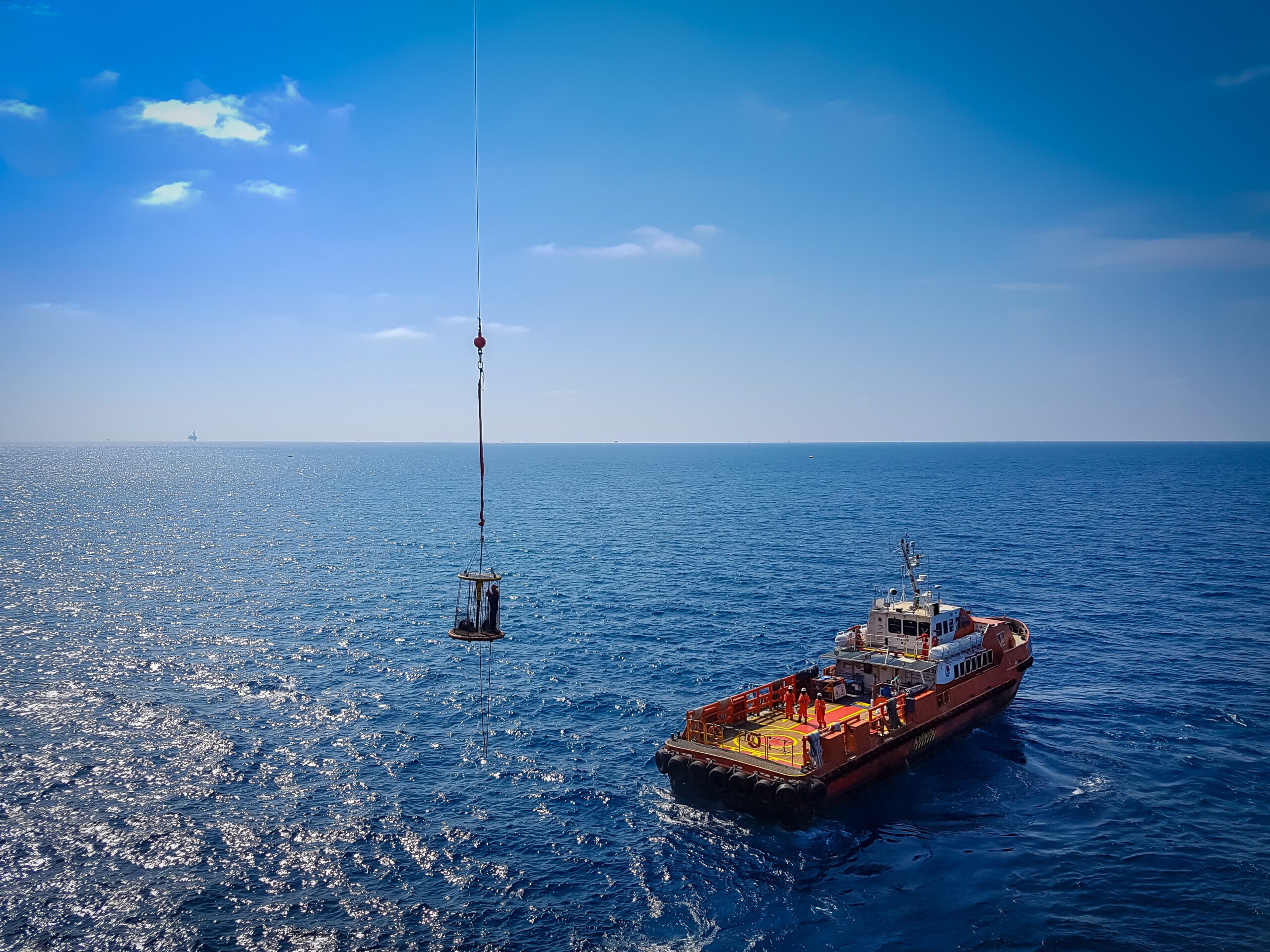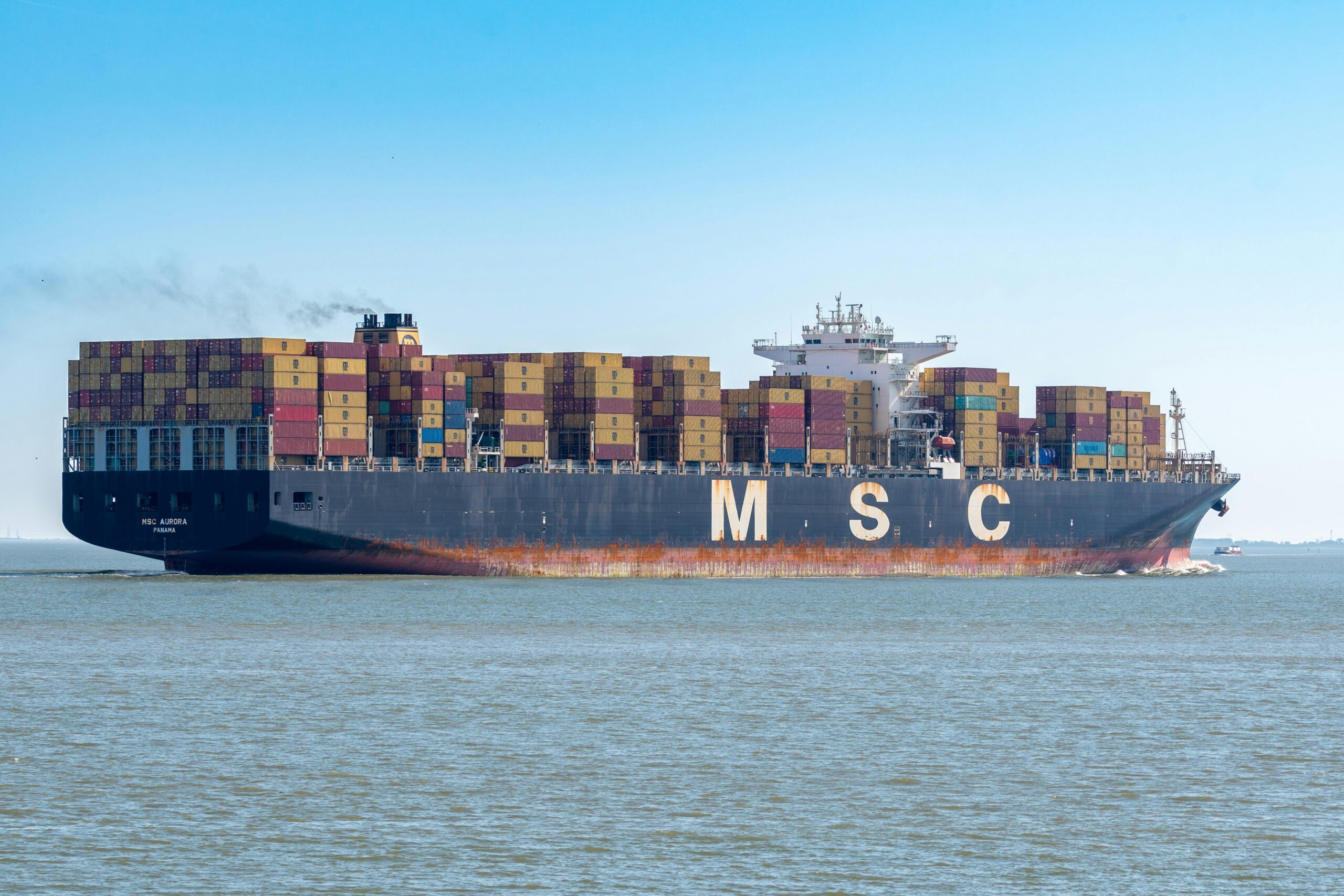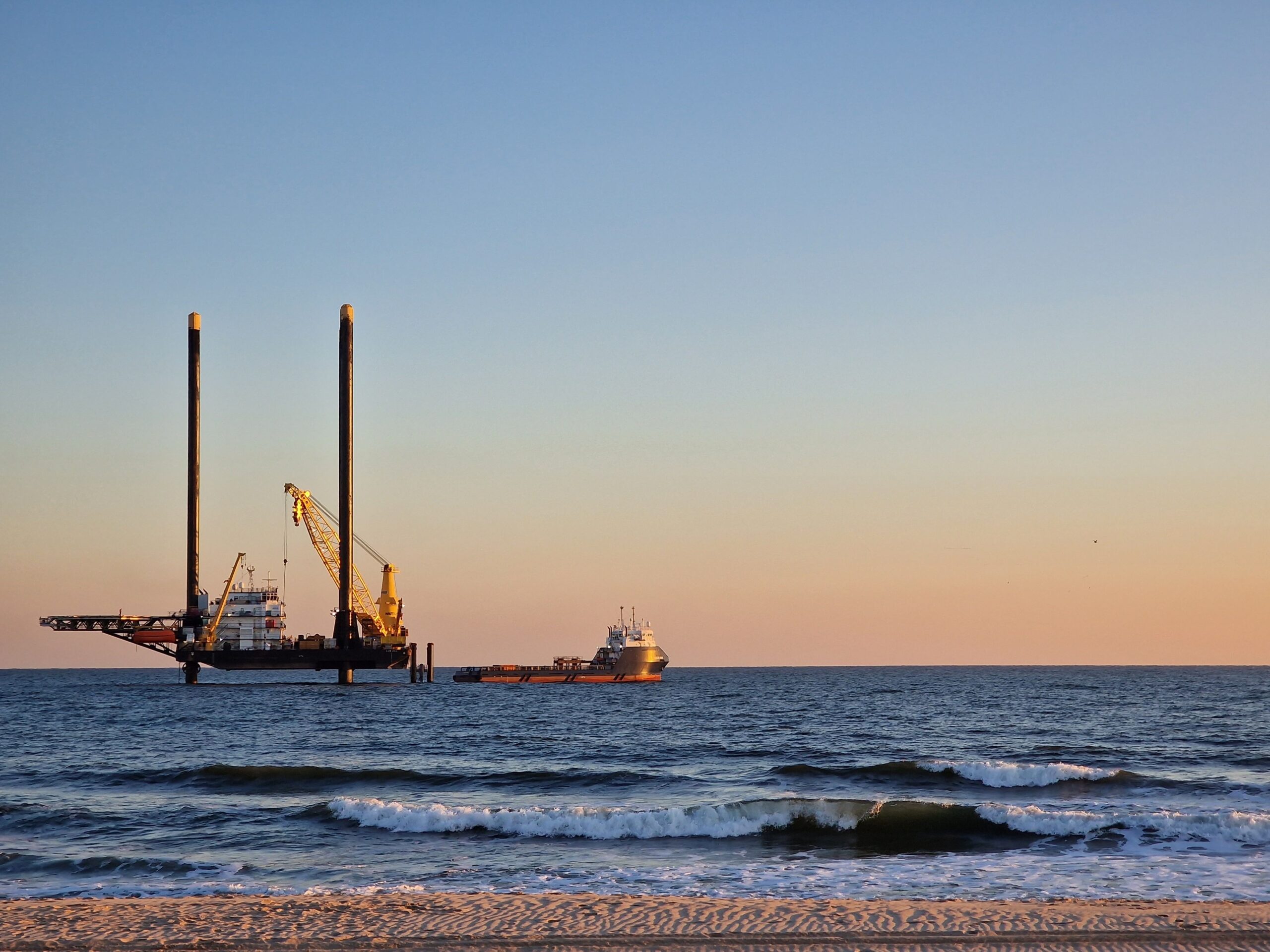In a terrifying incident caught on video, two people fell overboard during a personnel transfer to the USNS Comfort. This Navy hospital ship stopped off the coast of Haiti in December 2022 during its Continuing Promise mission. Although the two sailors reportedly sustained only minor injuries, the event has once again put a spotlight on one of the key hazards faced by seamen and offshore workers alike: maritime personnel transfers.
The risk presented by personnel transfers at sea is as old as the maritime industry itself. Embarking and disembarking can prove as hazardous as (or even more dangerous than) carrying out one’s duties aboard an offshore rig, commercial fishing vessel, or other ship. The risk is present for workers transferred by helicopter to rigs miles from shore, for those transferred by smaller boat (as in the case of the USNS Comfort), or even for those who walk a gangway from a dock to board a smaller vessel.
The incident involving the Comfort occurred while a small boat carrying 19 passengers (12 sailors and 7 civilian personnel) was being lifted by crane up to the deck of the Navy vessel. The deck of the Comfort sits about 80 feet above the water, and as the boat was about halfway up, it started to turn and then tipped haphazardly on its side. In the video, two people can be seen falling into the choppy sea below as onlookers scream in horror.
Maritime personnel transfers may go wrong for different reasons. Numerous factors must be considered when undertaking a single transfer, including the type of vessel and deck layout, wind speeds, sea state, temperature, visibility, and vessel motion. No two transfers are alike, leaving no room for error.
Standard procedure for boarding the Comfort, for example, was taking a water taxi and then a ladder to get on board, but heavy surf led to the decision to lift a small boat onto the vessel by crane instead.
While this incident is still under investigation, one can only wonder whether that method was safe in the first place, why the small boat was not kept steady during its ascent, whether the crane was operated appropriately, and whether it would have been better to wait for calmer waters to complete the transfer.
No matter the answers to these questions, one thing is true:
The sailors who plummeted dozens of feet into the ocean did not deserve what happened.
Preventing Failed Personnel Transfers at Sea
There are four primary methods for completing maritime personnel transfers: ladders, personnel transfer baskets (Billy Pugh baskets), helicopters, and gangways. Each of these has specific applications, risks, and advantages. For example, ladders and personnel transfer baskets are typically used for vessel-to-vessel transfers at sea. Helicopters are preferred for platforms and vessels that are harder to access, and gangways may be better suited for personnel transfers from shore or other fixed surfaces.
All of these methods involve some risk of:
- Drowning
- Falling from a height
- Pinching or crush injuries
Failed personnel transfers happen when equipment fails because it is overloaded, improperly operated, defective, poorly maintained, or not inspected before use.
In January 2017, four offshore workers were being transferred by crane in a Billy Pugh basket from a vessel to a production facility in the Gulf of Mexico when the boom began to swing in the wind. The basket swung uncontrollably and hit the vessel’s railing, injuring three of the four workers.
Upon investigation, the Bureau of Safety and Environmental Enforcement (BSEE), tasked with promoting offshore safety, discovered the crane’s hydraulic swing gear motor had failed. In its safety bulletin, the BSEE narrowed the cause of the crane’s failure down to improper installation and inspection of the improperly installed part. Because of these failures, the crane operator could not control the boom’s lateral movement.
Inadequate training, preparation, planning, or communication are other reasons for maritime personnel transfer accidents. While external factors such as heavy weather or rough seas could contribute to the potential danger associated with a personnel transfer, these risks should be assessed, and transfers should be delayed until conditions improve.
Maritime personnel transfer accidents can be prevented by focusing more on:
- Equipment design and maintenance
- Deck layout and recommended transfer procedures
- Training on personnel transfers for passengers and operators
- Awareness of personnel transfer accidents
- Coordination between all companies/entities involved
Every maritime employer must mitigate risks that employees and contract workers face by maintaining seaworthy vessels, providing appropriate personal protective gear, and implementing training on job duties and safety procedures. However, this can get complicated with maritime personnel transfers. The ship and helicopter or crane are typically owned by two different companies, and the passenger may be a third-party contractor—all bound by various reporting procedures and policies. These entities must work together to ensure a transfer is managed safely for everyone involved.
###
Claims for injuries sustained in personnel transfers at sea may be covered by the Jones Act, Death on the High Seas Act, or the Longshore and Harbor Workers’ Compensation Act, depending on the location of the vessel, the type of crew member, and other factors. Since 2004, Arnold & Itkin has fought for seamen and offshore workers’ rights in all types of maritime injury claims, securing unmatched results after some of the worst catastrophes in the maritime industry, including the Deepwater Horizon explosion and the loss of the El Faro. The firm has never wavered in its commitment to help the hardest workers and their families when they are injured and suffer losses because of the greed and wrongdoing of large corporations.
Tags:

 Join The Club
Join The Club











